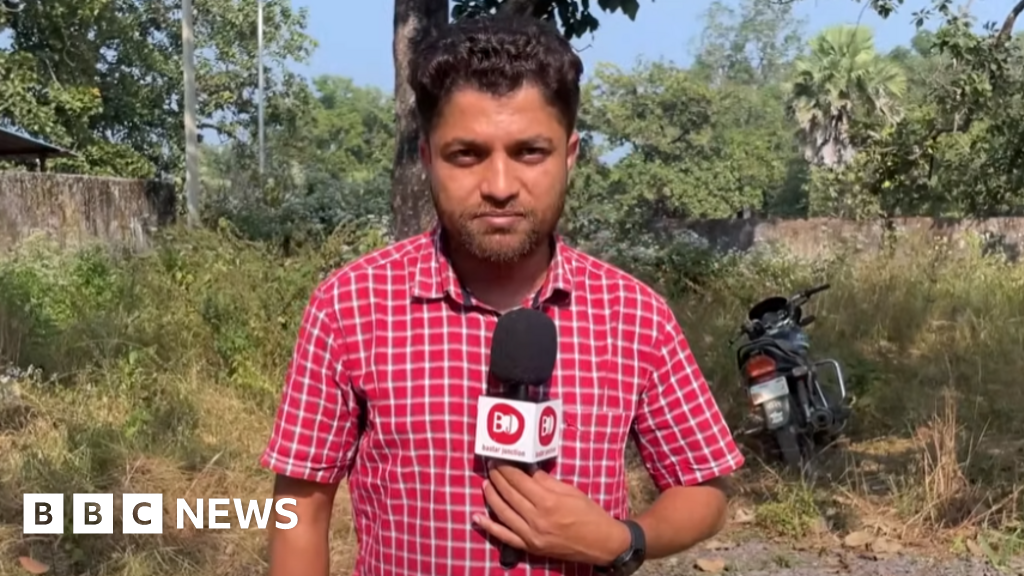A few months ago, a good writer friend of mine visited New Orleans for the first time. I love showing off my city, which to my mind is one of the jewels of civilization. That evening, we walked along Canal Street, which borders the historic French Quarter, thousands of people flowed in every direction. He asked if that day were a special occasion. Yes, I thought, we’re alive. That’s the special occasion. Maintaining a year-round festival spirit is what New Orleans is all about.
In the first hours of the New Year, the French Quarter was packed with those who wanted to be the first to welcome 2025. Drinks flowed freely. Live music played from open bar doors. Locals and tourists cruised Bourbon Street with smiles on their faces. I can think of few better places to be on an average day, let alone New Year's morning. To be alive in the heart of New Orleans before the first sunrise of the year is the definition of living a life to its fullest. Imagine the horror of being among the first in the world to die in 2025.
Around 3 a.m., January 1, 2025, a man in a pickup truck swerved past police cars that blocked the entrance to Bourbon Street. He crushed dozens of people. He crashed and shot at police officers. Ultimately, he died as he chose to live: violently.
At the time of this writing, 14 are dead, in addition to the perpetrator, and many others injured. Among the killed: a young mother, a recent high school graduate, a college football player. All beloved by someone. A cross-section of our diverse nation.
Much of the French Quarter, which virtually never closes, was locked down for the first time in my memory. I recall the days after Hurricane Katrina when some bars refused to shut down—even though most of the city was evacuated to higher ground.
Yet, the Sugar Bowl, one of the highest profile non-NFL games in the country, was postponed. And the people of my city, visitors and locals alike, were in a state of anger, sadness, and shock.
How could one person cause so much carnage? How could a public area filled with bollards to stop motor vehicles turn into a slaughterhouse? What mistakes in leadership led to this tragedy?
New Orleans, like most major American cities, has had its fair share of mass violence. To this day, heedless shootings at parades are not unheard of in the Big Easy. And hundreds of mass shootings occur around the country every year. But there’s something different about a man in a three-ton killing machine.
There have been several vehicular mass killings around the globe recently. Just before Christmas, a man drove through a holiday market in Germany killing five and injuring hundreds. And in November a man in China, furious about his divorce settlement, killed 35 in a vehicular assault at a sports center.
I don’t care about their motivations—nor the motivations of the man who drove through Bourbon Street. They can take their twisted reasoning to their graves. But there is a striking juxtaposition here. That such celebratory moments are set against such pain.
The New Orleans attack strikes at the heart of my city because we’re such a tactile culture. With dozens of large-scale celebrations every year, it’s a common experience to find oneself shoulder to shoulder with countless strangers. Early each year, we put on costumes and huddle together to watch Mardi Gras parades. Festival season runs all year long. During the summer, when the weather is torrid, sweaty revelers crowd together for Jazz Fest, Decadence, and many other events.
New Orleans, with its joie de vivre, is linked to every other town around the world that has a tradition of mass gatherings: New York, Rio de Genero, Edinburgh, Paris, etc.
The men who stage these attacks seem to want to destroy our ability to celebrate our lives, but they fail again and again.
First, we pay respect to those who didn’t survive. Some of us prayed. Others crowded the blood banks to ensure that the severely injured would have the best chance of surviving. Others lay flowers.
By the time of the Sugar Bowl, more law enforcement was out, and pedestrians were back on Bourbon Street. The show went on. In New Orleans, the show must always go on.
Terror only works if the perpetrators get into our minds. The first job of our leaders is making sure that we are safe. It falls on our political leaders and law enforcement to keep our cities safe. The wrongheaded must know that they will be foiled, put away, and shamed. We owe it to the victims and their families to ensure that this never happens again in New Orleans or anywhere else. Then, it falls on the rest of us to show up and show out. We must continue our celebrations because that’s our human right.
I’ve been in the French Quarter on New Years. I know how it feels to ring in the New Year with a sense of wonder and excitement. I’m no fool. I’m afraid of what could happen in the future when I return. But I refuse to ever let some miserable person scare me away from my right to live my life as I see fit.
All over the world, we’ll stiffen our spines, harden our targets, mourn our dead, and continue to celebrate our precious lives.

 1 day ago
3
1 day ago
3










 English (US) ·
English (US) ·